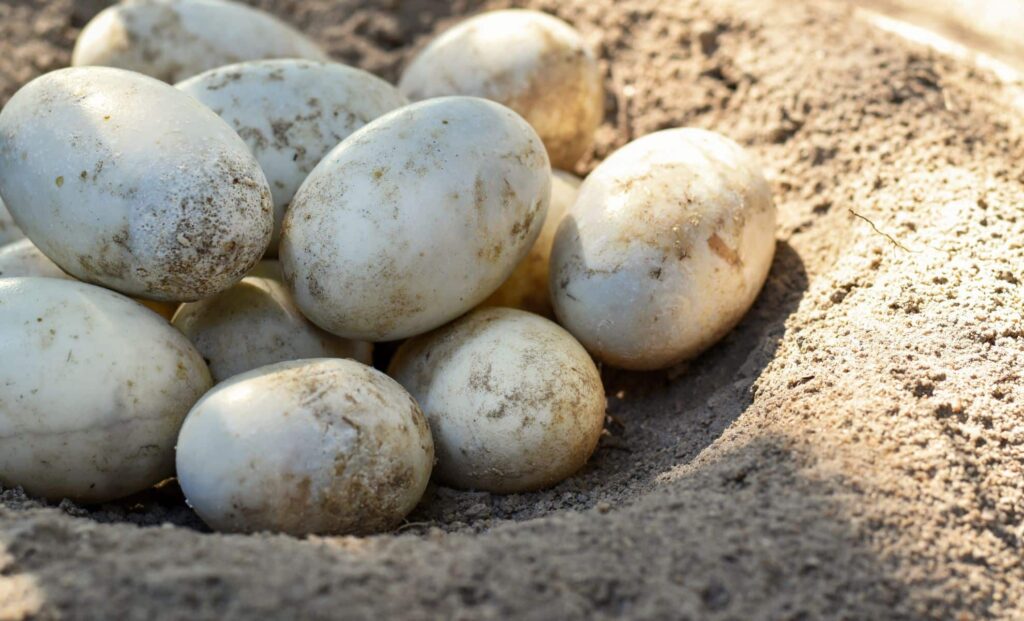The fossilized eggshells, found in Murgon, Queensland, belong to a now-extinct group of crocs known as mekosuchines. These reptiles lived during a time when Australia was still connected to Antarctica and South America, offering a unique glimpse into an ecosystem that has long since vanished. While today’s crocodiles are typically associated with aquatic habitats, these ancient crocs may have spent significant time on land and even in trees. This discovery has profound implications for understanding both the biodiversity of ancient Australia and the adaptability of mekosuchines.
A Surprising Discovery in Queensland
The oldest-known crocodile eggshells in Australia were unearthed in Murgon, a small town in southeastern Queensland, known for its rich fossil deposits. These eggshells were part of the mekosuchine crocodylians, a group that dominated inland waters 55 million years ago. Their discovery has revolutionized our understanding of ancient crocodile behavior, showing that some species may have been semi-arboreal hunters, hunting from trees much like leopards.
According to Michael Archer, a leading palaeontologist from UNSW Sydney, this “bizarre” hunting technique challenges traditional views of crocodiles, suggesting that at least some mekosuchines were terrestrial predators who adapted to a variety of environments, including forests and trees.
Unlocking the Past with Eggshells
Eggshells have long been a powerful tool in paleontological research, but their potential was fully realized with this discovery. The crocodile eggshell fragments found in Murgon were analyzed using advanced techniques, revealing critical details about how these ancient crocs reproduced. The microstructure of the shells indicates that the crocs laid their eggs on the margins of a lake, an environment that fluctuated seasonally.
These findings suggest that the crocs adapted their reproductive strategies to the changing conditions of their ecosystem, where the lake’s waters would dry out at certain times, impacting both fish populations and the availability of prey. As Xavier Panadès i Blas, the study’s lead author, explains, the analysis of eggshells offers insights not only into the animals themselves but also into where and how they nested, enriching the understanding of their life history.

The Ecosystem of Ancient Australia
The Murgon site, where the eggshells were found, offers a window into the lush, forested environment of ancient Australia, before it became an isolated island continent. The surrounding ecosystem was diverse, teeming with creatures like early frogs, snakes, and even the world’s oldest-known songbirds. Additionally, fossils of small mammals with links to South America further emphasize the unique biogeographical connections of the time.


Michael Stein, another researcher involved in the study, notes that the forest was home to a range of creatures, some of which may have competed with the mekosuchines for food. The richness of the ecosystem highlights how mekosuchine crocodiles thrived in a very different world, one where forests, not grasslands, dominated the landscape. The clues from the Murgon excavation continue to offer important insights into how ancient species adapted to their environments and coexisted with other life forms.
This discovery not only sheds light on the behavior of ancient crocodiles but also underscores the value of studying fossils beyond bones and teeth. The eggshells found in Murgon provide a unique opportunity to understand the reproductive strategies of a long-extinct species, offering a fascinating look at a prehistoric world that no longer exists.

